How Long Does It Take Weed Seeds to Pop Out of Soil
Introduction
Germinating cannabis seeds, commonly referred to as “popping,” is the critical first step in growing cannabis. The germination process involves the seed cracking open and sprouting, signaling the beginning of the plant’s life cycle. For cannabis growers, understanding how long it takes for weed seeds to pop out of the soil is crucial for successful cultivation. The time frame for germination can vary widely based on several factors, including seed quality, environmental conditions, and the specific methods used for germination.
In this comprehensive guide, we’ll explore every aspect of cannabis seed germination, from the biology behind it to practical tips for optimizing germination time. Whether you’re a novice grower or an experienced cultivator, this guide will help you better understand the factors influencing germination and how to ensure your seeds pop out of the soil efficiently.
Understanding the Germination Process
Before diving into the specifics of how long it takes for weed seeds to pop out of the soil, it’s essential to understand the germination process itself. Germination is the process by which a seed transitions from a dormant state to an active growing state. This process involves several stages:
- Imbibition: The first stage of germination is imbibition, where the seed absorbs water. This causes the seed to swell, triggering the metabolic processes necessary for growth.
- Activation: Once the seed absorbs enough water, enzymes within the seed activate. These enzymes convert the stored food within the seed into energy, which fuels the growth of the embryo.
- Radicle Emergence: As the embryo grows, the radicle (the primary root) breaks through the seed coat. This root grows downward into the soil, anchoring the plant and beginning the process of nutrient and water absorption.
- Cotyledon Emergence: After the radicle emerges, the seedling pushes its way out of the soil, and the cotyledons (seed leaves) appear. This stage marks the transition from a seedling to a young plant, which will soon begin photosynthesis.
The time it takes for each of these stages to occur can vary significantly, influencing how long it takes for the seed to pop out of the soil.
Factors Influencing Germination Time
The time it takes for cannabis seeds to pop out of the soil can range from as little as 24 hours to over a week. Several factors contribute to this variability:
Seed Quality
The quality of the seed plays a significant role in determining germination time. This quality is influenced by several aspects:
- Genetics: Different cannabis strains have different germination times. Some strains are genetically predisposed to germinate faster than others. Indica strains, for example, may germinate slightly faster than Sativa strains, although the difference is often marginal.
- Age: The age of the seed plays a crucial role in germination time. Fresh seeds, typically those harvested within the last year, tend to germinate faster than older seeds. Over time, seeds lose their viability, leading to longer germination times or, in some cases, a complete failure to germinate.
- Storage Conditions: How seeds are stored can also affect germination time. Seeds stored in a cool, dark, and dry environment tend to maintain their viability longer. Exposure to moisture, light, or fluctuating temperatures can degrade seed quality, leading to slower germination or even non-viable seeds.
Environmental Conditions
The environment in which the seeds are germinated plays a critical role in how quickly they sprout. Key environmental factors include:
- Temperature: Cannabis seeds prefer a warm environment for optimal germination. The ideal temperature range is between 70-85°F (21-29°C). Seeds germinate more slowly in cooler temperatures, and if the temperature is too low, they may not germinate at all. Conversely, extremely high temperatures can dry out the seeds or cause them to rot before they have a chance to sprout.
- Moisture: Adequate moisture is crucial for germination. The growing medium (soil, rock wool, etc.) should be kept moist but not waterlogged. Too much water can suffocate the seed by preventing oxygen from reaching it, while too little water can prevent the seed from absorbing the moisture it needs to start the germination process.
- Oxygen: Seeds require oxygen for respiration, which is necessary for energy production during germination. Compacted soil or overly wet conditions can reduce oxygen availability, slowing down germination or causing the seed to fail.
- Light: Cannabis seeds generally do not require light to germinate; in fact, they prefer darkness during this stage. However, once the seedling begins to emerge from the soil, it will need light to start photosynthesis and continue growing.
Germination Method
The method used for germination can significantly influence how quickly cannabis seeds pop out of the soil. Here are some of the most common methods:
- Direct Soil Planting: This traditional method involves planting the seed directly in the soil or growing medium. While it is straightforward, it can take a bit longer for the seed to pop out compared to other methods, as the seed has to break through the soil. Additionally, this method can make it harder to monitor the seed’s progress.
- Paper Towel Method: Many growers prefer the paper towel method for its simplicity and effectiveness. Seeds are placed between damp paper towels and kept in a warm, dark place until they sprout. Once the root emerges, the seed is carefully planted in the soil. This method often results in faster germination because the seed is given an ideal environment to start the process before being introduced to the soil.
- Soaking: Some growers soak their seeds in water for 12-24 hours before planting them in the soil or another medium. This can speed up germination by softening the seed coat, making it easier for the radicle to emerge. However, seeds should not be soaked for too long, as they may drown or become waterlogged.
Expected Germination Timeline
Under optimal conditions, cannabis seeds typically take 1-7 days to pop out of the soil. However, this timeline can vary depending on several factors:
1-3 Days
In the best-case scenario, seeds that are fresh, high-quality, and germinated under ideal conditions (such as in a warm, moist, and oxygen-rich environment) can sprout and break through the soil within just 1-3 days. This quick germination is more likely when using methods like the paper towel or soaking method, where the seed is given a head start before being planted.
4-7 Days
This is the most common timeframe for seeds planted directly in the soil. The seed typically takes a few days to absorb water, swell, and break through the soil surface. Environmental factors such as temperature, moisture, and oxygen levels play a significant role in this period.
8-14 Days
Seeds that take longer than a week to germinate may be older, of lower quality, or subjected to suboptimal conditions. If your seeds haven’t popped after two weeks, it’s unlikely they will germinate at all. In such cases, it might be worth reassessing your germination methods or considering starting with fresh seeds.
Optimizing Germination Time
To ensure your cannabis seeds pop out of the soil as quickly as possible, consider the following best practices:
- Use Fresh, High-Quality Seeds: Always start with seeds from a reputable source. Look for seeds that are dark brown with a hard outer shell, as these are usually the most viable. Avoid seeds that are green, white, or soft, as they are typically immature and may not germinate well.
- Maintain Optimal Temperature and Humidity: Keep your seeds in an environment where the temperature is consistently between 70-85°F (21-29°C). Using a heat mat can help maintain a stable temperature, especially in cooler climates. Additionally, use a humidity dome or plastic cover to maintain moisture levels. High humidity during germination is beneficial, but once the seedlings emerge, it’s important to reduce humidity to prevent mold or mildew.
- Avoid Overwatering: Water the soil lightly and ensure it remains moist but not soggy. Overwatering can suffocate the seed and lead to rot, while underwatering can cause the seed to dry out and fail to germinate. A gentle misting with a spray bottle can help maintain the right moisture balance.
- Germinate in a Controlled Environment: If possible, start your seeds indoors where you can control the temperature, humidity, and light exposure more effectively. This can lead to quicker and more consistent germination. Once the seedlings have established themselves, they can be moved outdoors if desired.
- Monitor Daily: Check on your seeds daily to ensure they are not drying out and that the temperature is consistent. If you’re using the paper towel method, ensure the towels remain damp but not soaking wet. Also, look for any signs of mold or mildew, which can occur in overly humid conditions.
- Use a Rooting Hormone (Optional): Some growers use a rooting hormone to encourage faster root development. This is not necessary for all growers but can be beneficial in certain cases, especially if you’re dealing with older seeds or strains known for slower germination.
Troubleshooting Slow Germination
If your cannabis seeds are taking longer than expected to pop out of the soil, it’s essential to troubleshoot and address any potential issues. Here are some common reasons for slow germination and how to fix them:
Check Seed Viability
If your seeds are older or haven’t been stored properly, they might be less viable. One way to check seed viability is to perform a “float test.” Place the seeds in a glass of water and let them sit for a few hours. Viable seeds typically sink, while non-viable seeds may float. However, this test isn’t foolproof, so it’s best used in conjunction with other methods.
Adjust Temperature
If your seeds are in a cooler environment, consider moving them to a warmer spot or using a heat mat. Conversely, if it’s too hot, they may dry out too quickly or even cook. Aim for a stable temperature in the optimal range (70-85°F or 21-29°C).
Reassess Moisture Levels
Ensure your soil or medium isn’t too wet or too dry. If the soil feels overly damp, try letting it dry out slightly before re-watering. On the other hand, if the soil feels dry, give it a light misting with a spray bottle.
Consider Pre-Soaking
If you haven’t soaked your seeds before planting, you can try soaking them for 12-24 hours in room temperature water. This can help jumpstart the germination process by softening the seed coat and allowing the radicle to emerge more easily.
Gently Scratch the Seed Coat
In some cases, seeds may have a tough outer shell that’s slowing down germination. You can try gently scarring the seed coat with sandpaper or a file to help it crack open more easily. This technique is known as “scarification” and can be particularly useful for older or stubborn seeds.
Reevaluate the Growing Medium
If your seeds are taking too long to germinate, the growing medium itself could be the issue. Ensure that the medium is well-draining and not too compacted, as this can restrict oxygen flow and make it harder for the seedling to push through. Using a light, airy soil mix or starting in a seedling-specific medium can improve results.
The Importance of Patience in Germination
While the desire to see your cannabis seeds sprout quickly is understandable, patience is crucial during the germination process. Understanding how long it takes weed seeds to pop out of soil can help manage expectations and reduce the urge to rush. Rushing or excessively tampering with the seeds can do more harm than good. It’s essential to provide the right environment and then let nature take its course. Sometimes, the best approach is to set up optimal conditions and allow the seeds to germinate in their own time.
Once your cannabis seeds have popped out of the soil, the next stage of growth begins: seedling development. At this point, light becomes critical, as the seedlings will need a good light source to start photosynthesis and grow strong. Make sure your grow lights are set up and ready to go once the seedlings emerge. Typically, seedlings require about 18-24 hours of light per day to thrive during the early stages.
Understanding the Next Steps After Germination
After your cannabis seeds pop out of the soil, the real journey begins. The seedling stage is a delicate period in which the young plants establish their roots and begin to grow their first true leaves. During this stage, it’s important to:
Provide Adequate Light
Young cannabis seedlings require plenty of light to develop properly. If growing indoors, ensure that your lights are positioned correctly and provide the right spectrum for vegetative growth. LED grow lights are a popular choice for this purpose, offering energy efficiency and a full spectrum of light.
Water Carefully
Overwatering is a common mistake during the seedling stage. Seedlings need consistent moisture, but the soil should not be waterlogged. Water lightly and allow the soil to dry slightly between waterings.
Monitor Nutrient Levels
During the seedling stage, cannabis plants are not yet ready for strong fertilizers. In fact, using nutrient-rich soil or feeding too early can lead to nutrient burn. It’s best to start with a mild, balanced nutrient solution once the seedlings have developed a few sets of true leaves.
Transplant with Care
If you started your seeds in a small container or a seedling tray, you’ll eventually need to transplant them into a larger pot. This should be done carefully to avoid damaging the delicate root system. When transplanting, choose a pot that allows for healthy root growth and provides good drainage.
Conclusion: A Successful Start for Your Cannabis Cultivation
Germinating cannabis seeds is an exciting and essential step in the cultivation process. While it can be a bit nerve-wracking waiting to see how long it takes weed seeds to pop out of soil, understanding the factors that influence germination time can help ease the process. On average, cannabis seeds take 1-7 days to germinate, though this can vary based on seed quality, environmental conditions, and germination methods.
By following the best practices outlined in this guide—using high-quality seeds, maintaining optimal temperature and humidity, avoiding overwatering, and providing the right environment—you can increase your chances of a successful germination and a healthy start for your cannabis plants.
In summary, patience and attention to detail are key to successful cannabis germination. By setting up the right conditions and allowing nature to take its course, your cannabis seeds will soon break through the soil, marking the beginning of a fruitful growing journey. Once your seedlings have emerged, continue to provide them with the care they need to grow into strong, productive plants, ensuring a successful harvest down the line.


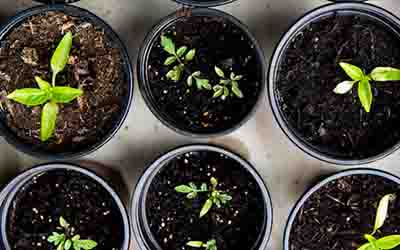
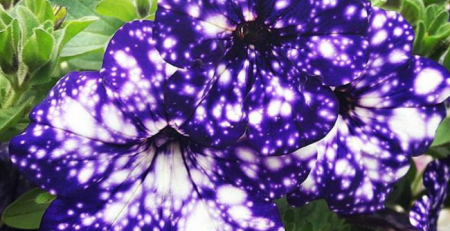
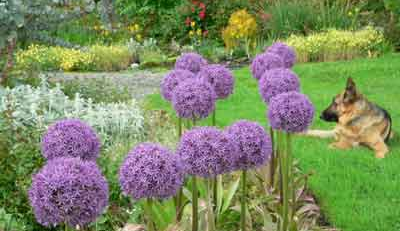
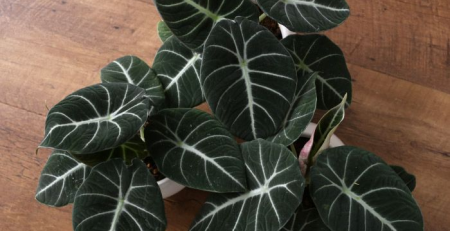
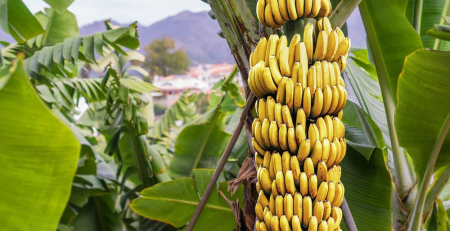
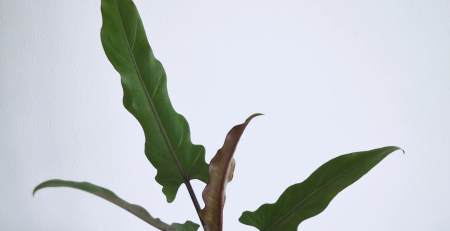

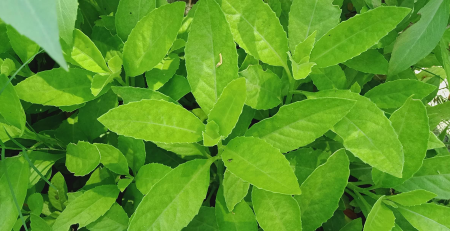
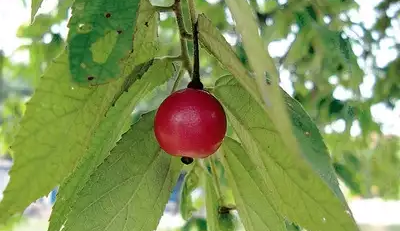
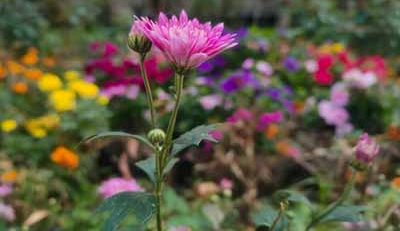
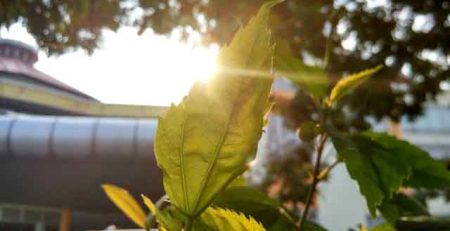
Leave a Reply